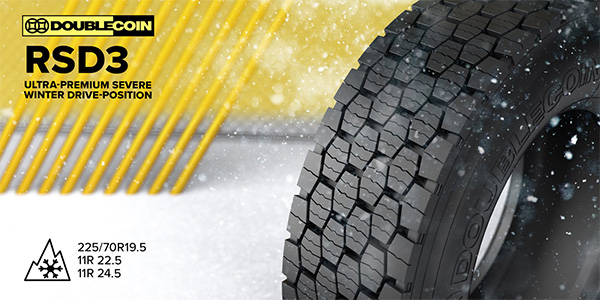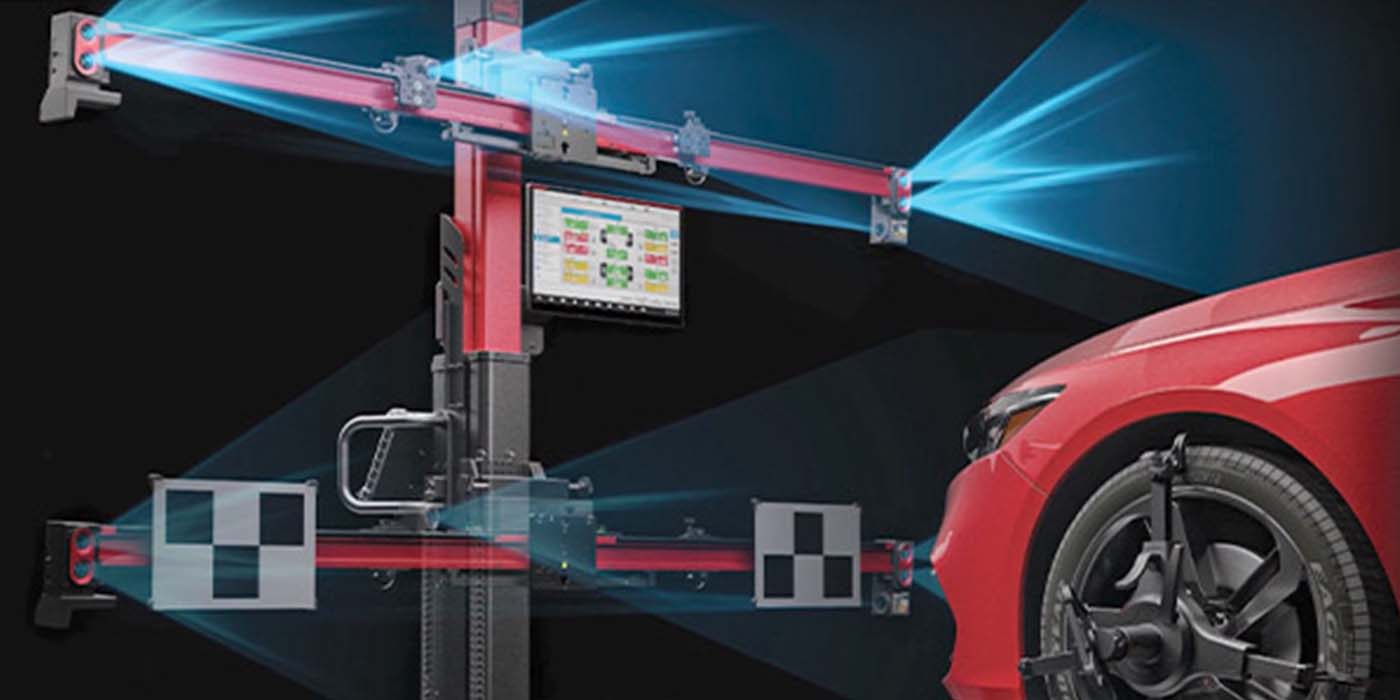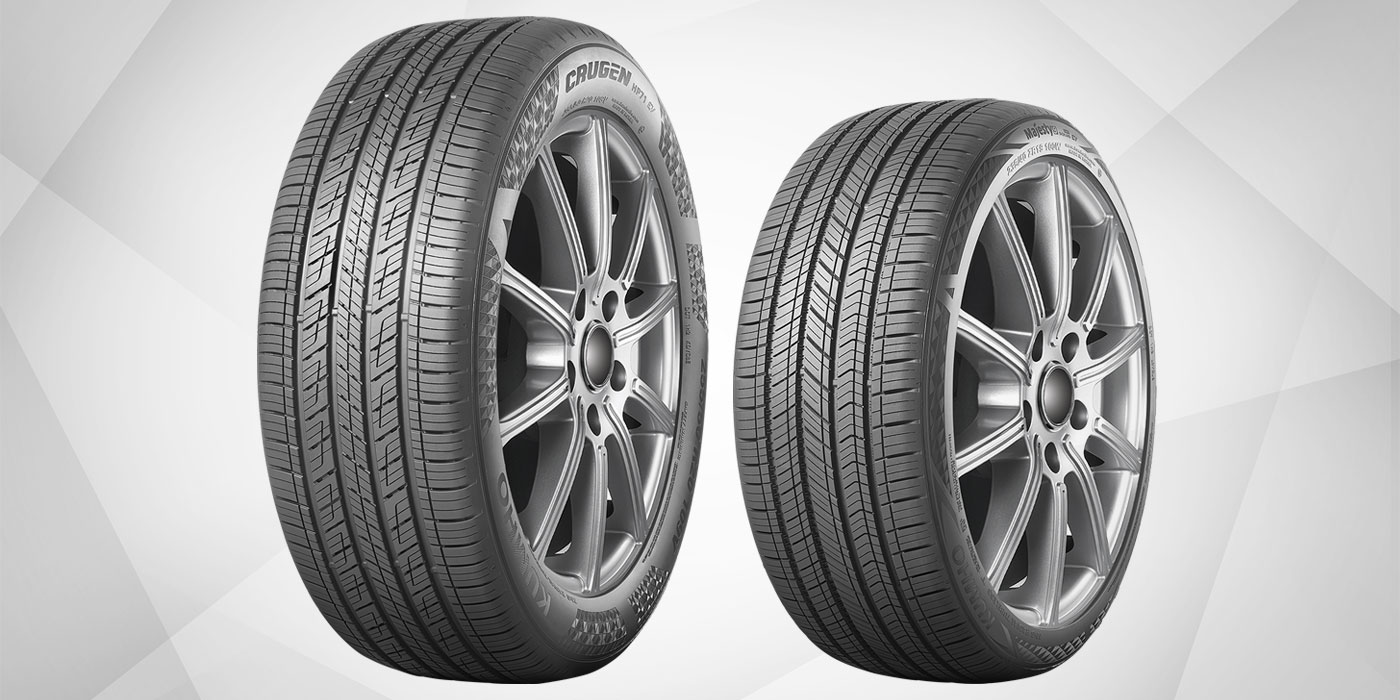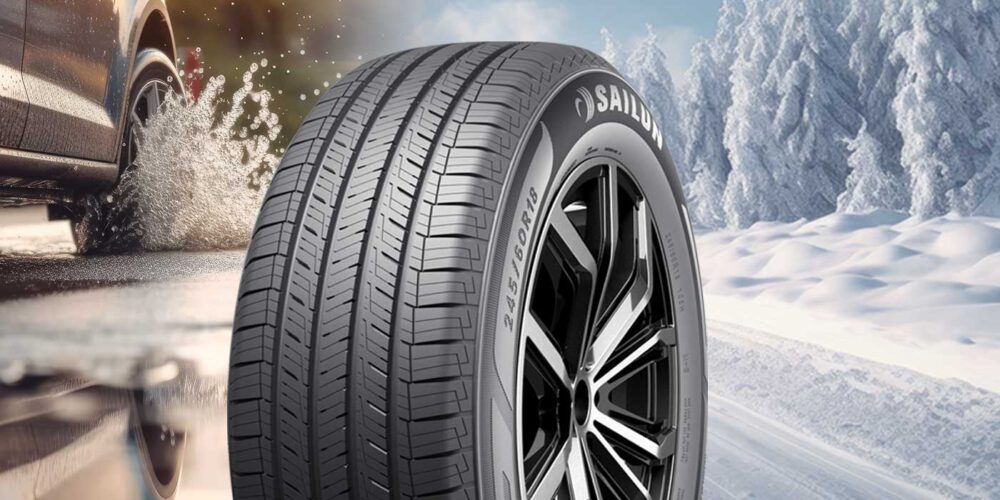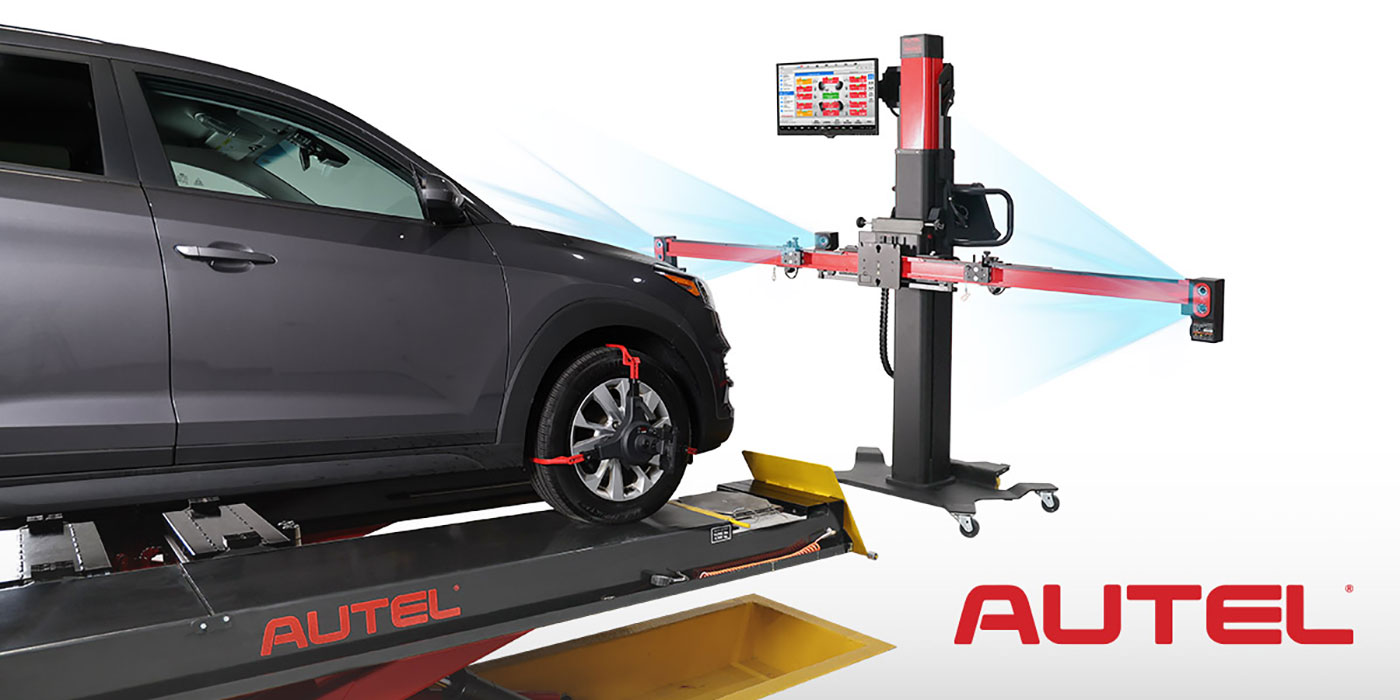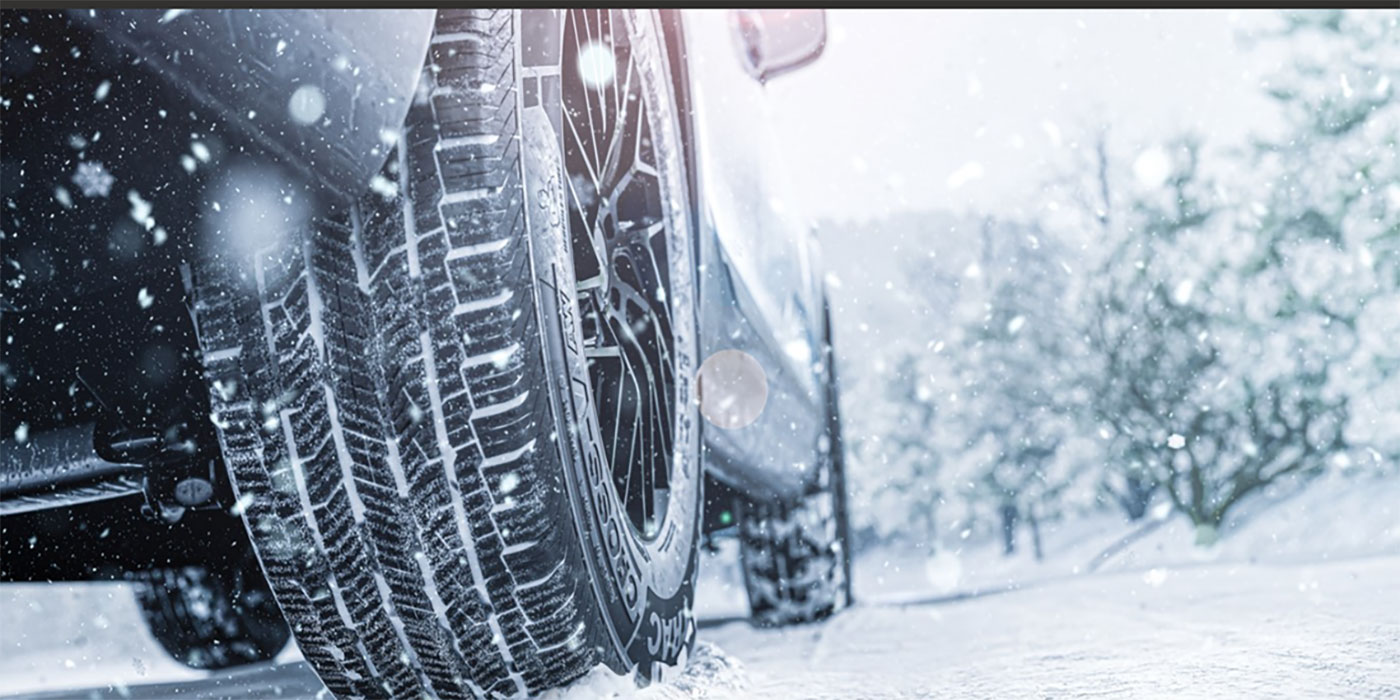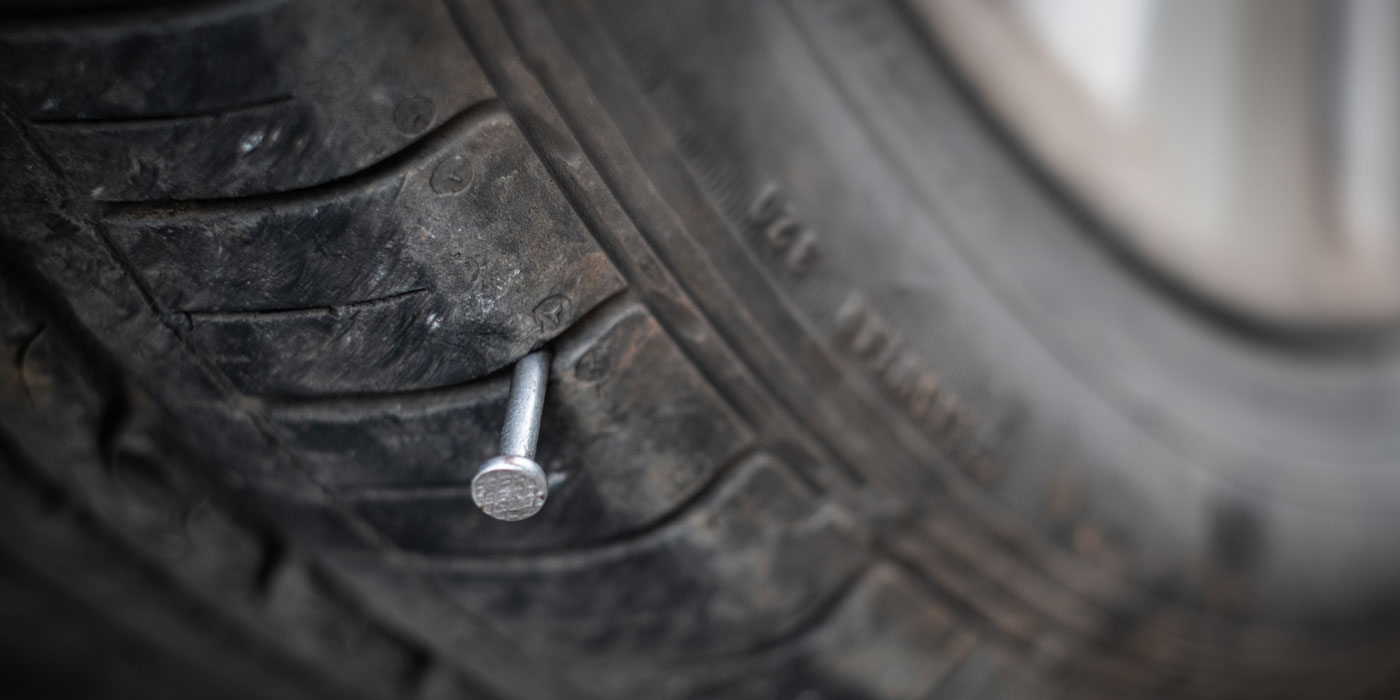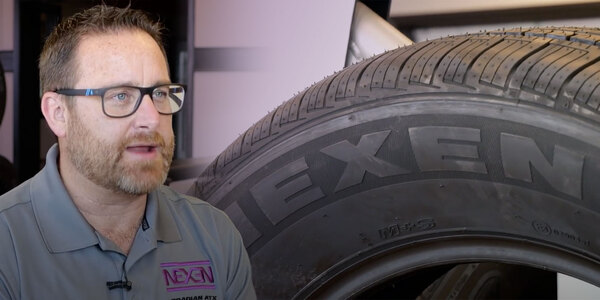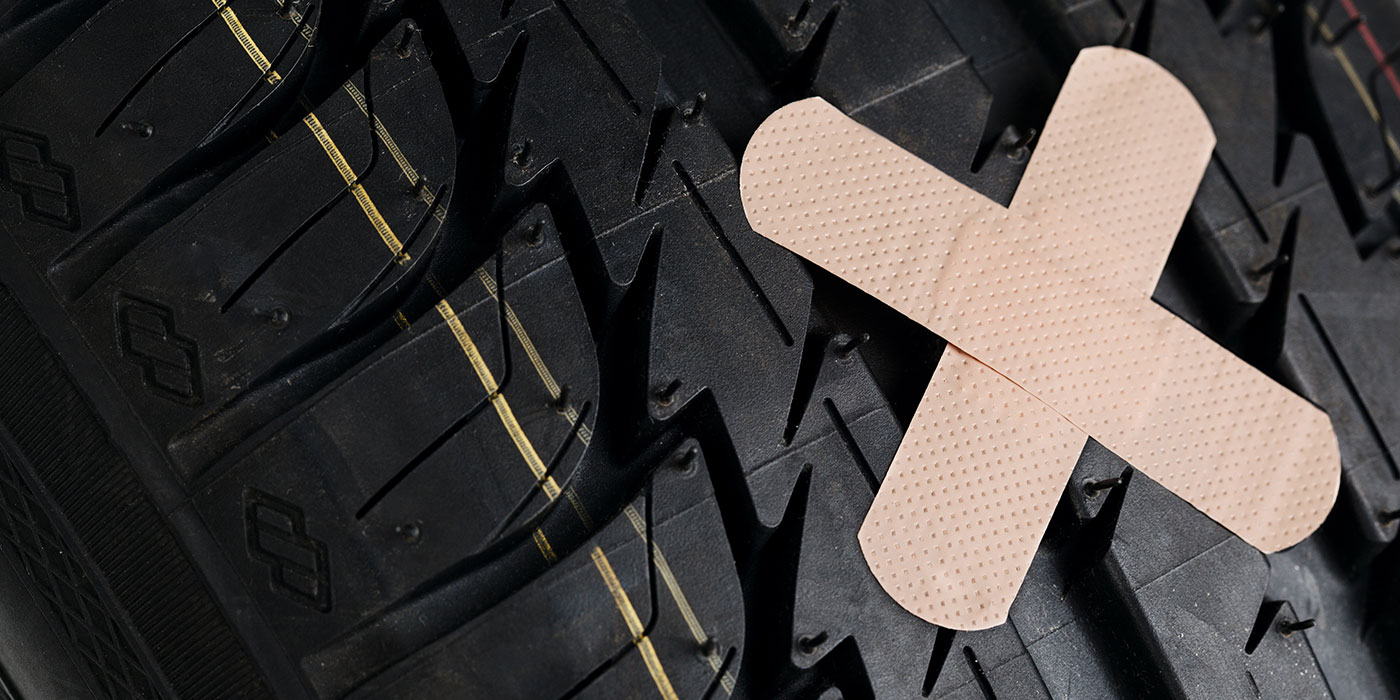The sun is shining, birds are chirping and the smell of neighbors cooking burgers on the grill is wafting into your yard. This is how you know it’s time for your commercial fleet customers to start looking for that next set of winter truck tires.
While today’s forecast may have most consumers wanting to hit the road in a top-down convertible, fleets are typically making purchasing decisions for their trucks months in advance to maximize uptime on the road, ensuring they have the components they need when they need them. And right now, fleets are preparing for the winter ahead.
Escaping the Skid
Poor traction is one of the biggest threats fleets face in climates that experience sleet, snow and ice. Unexpected downtime always acts as a pilfer to a fleet’s pocketbook, so most go out of their way to spec their trucks with equipment to keep their goods moving no matter the conditions. In this regard, winter tires are one of the most effective components for keeping trucks off the side of the road.
“If you think about a commercial vehicle carrying tens of thousands of pounds the only thing separating that vehicle from the road is the tires,” says Valentino Faraone III, senior regional sales manager & product development manager at Double Coin. “Winter tires have specific features that provide for added traction and evacuation of snow and ice. So, when you think about it from a safety perspective the cost of swapping tires seasonally really pales in comparison to the damage/cost potentially caused by an accident.”
Double Coin’s RSD3 ultra-premium drive-position tire is specifically manufactured to handle the stresses trucks encounter in severe winter weather. The RSD3 features a tread block design for maximum traction in the snow, in addition to superior durability and retreadability. The tire’s open shoulder design also offers added cleaning ability in harsh winter conditions.
RSD3 also features zig-zag patterned siping, which adds a higher level of traction and stability in the snow than non-siped tires.
“Winter tires aren’t really application-specific. Any vehicle or fleet that operates in areas that experience winter conditions would benefit from these specifically designed products,” says Faraone.
Shopping Smart
For fleets that are new to spec’ing winter tires on their trucks, the thought of replacing the tires on every wheel-end of every truck can be an expensive and intimidating proposition. However, Faraone suggests that a truck spec’d with winter tires on only the drive axle still experiences the numerous benefits these tires provide.
“The torque comes from the drive axles, so this would be where the design elements of winter tires shine in terms of sipes, the better bite of the road surface and grooves designed to evacuate debris,” Faraone says.
Tire dealers should talk to their fleet customers about the application and location of their operations as well. Trucks in Classes 4, 5 and 6 running local routes – especially those in the snow belt – should typically be equipped with an aggressive set of winter tires for optimum performance and safety.
While the weather outside may be warm and breezy, remind your commercial fleet customers that now is the time to start preparing for winter’s wrath.
This article is sponsored by Double Coin Tires.



